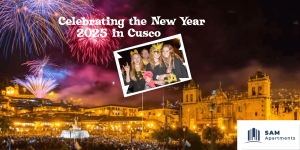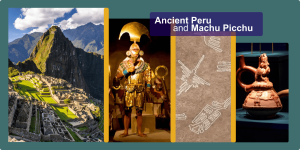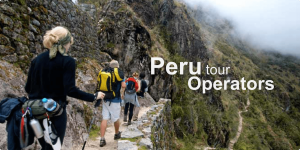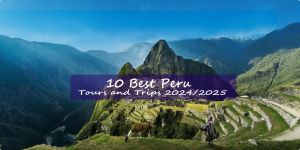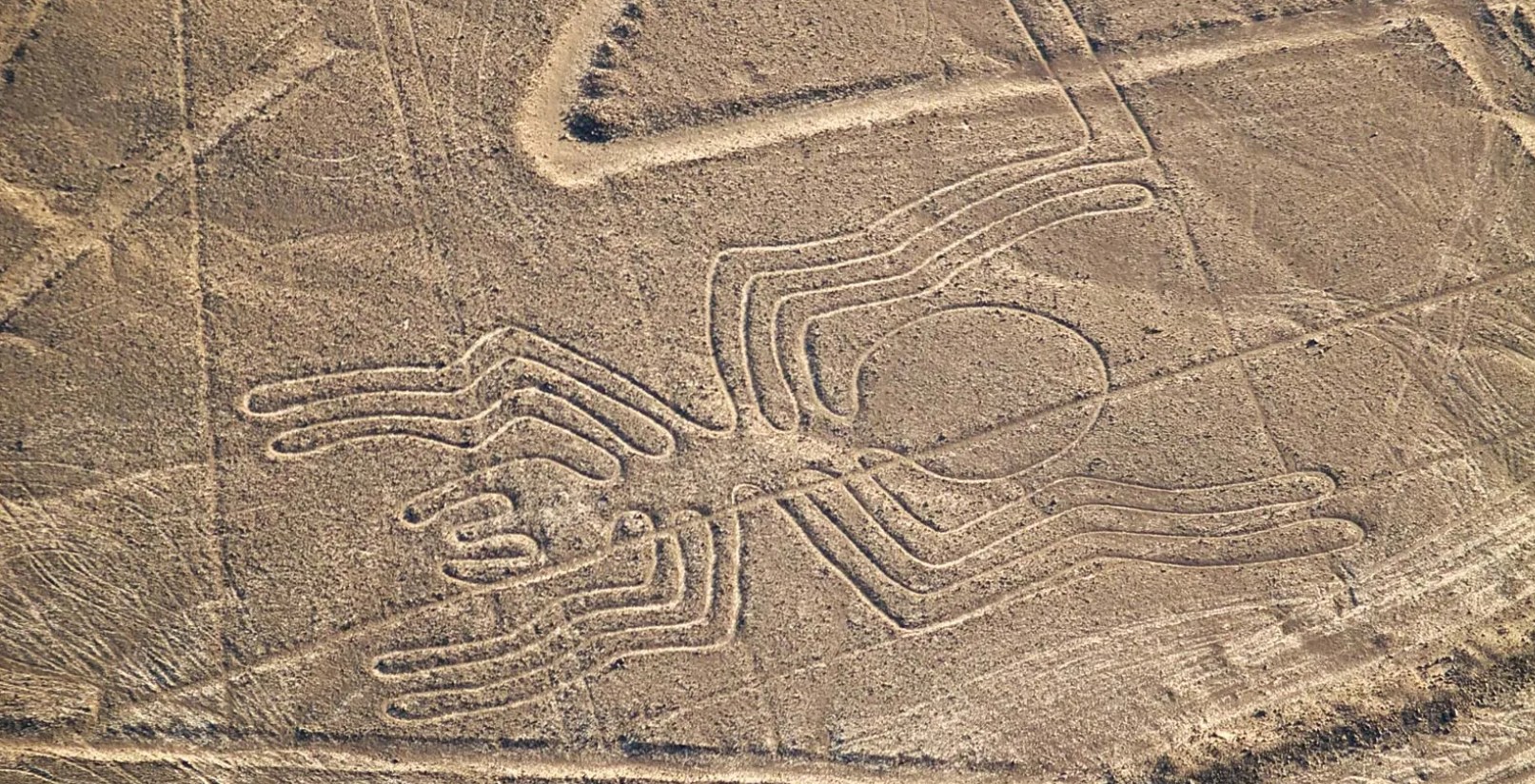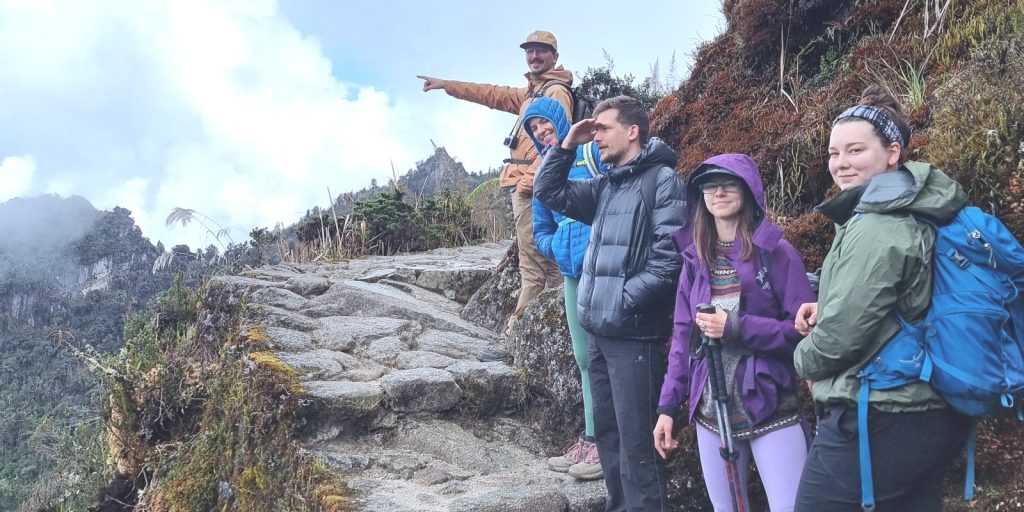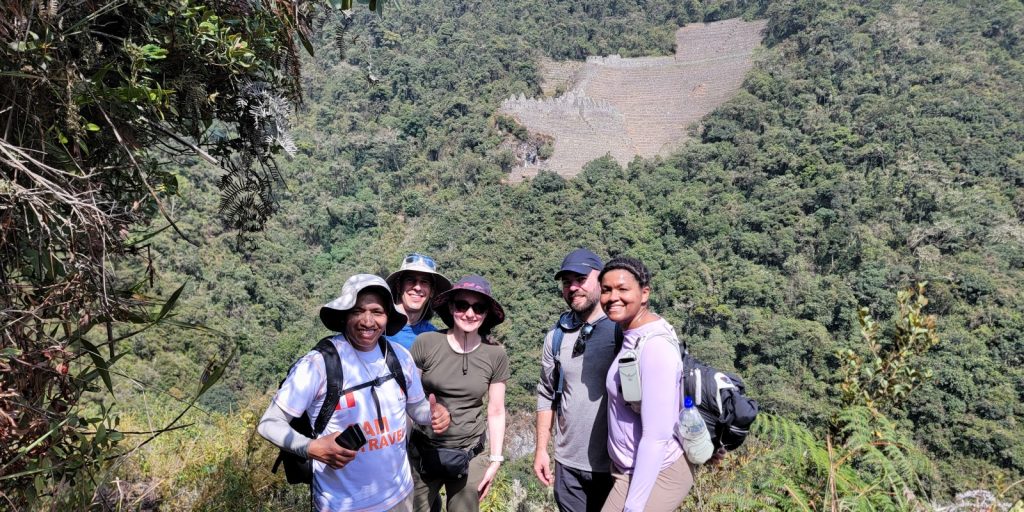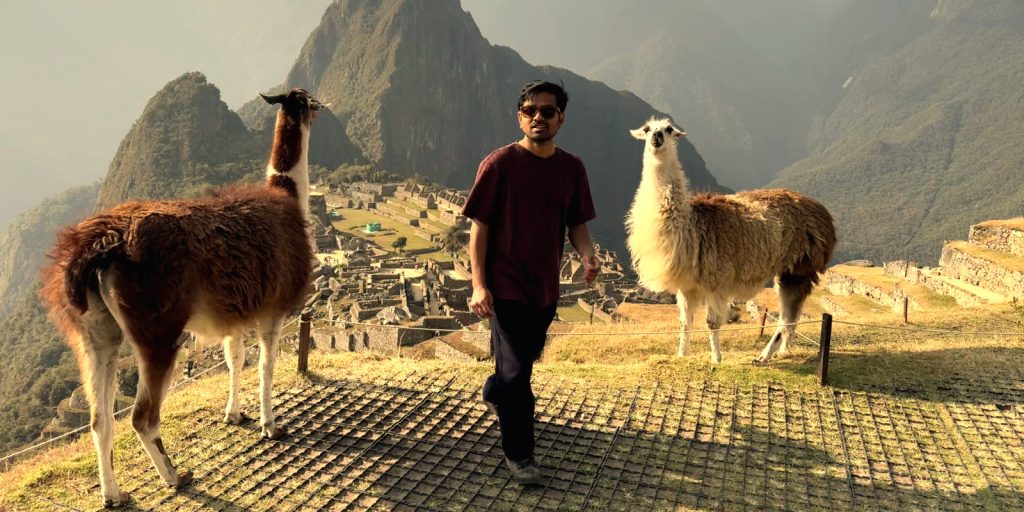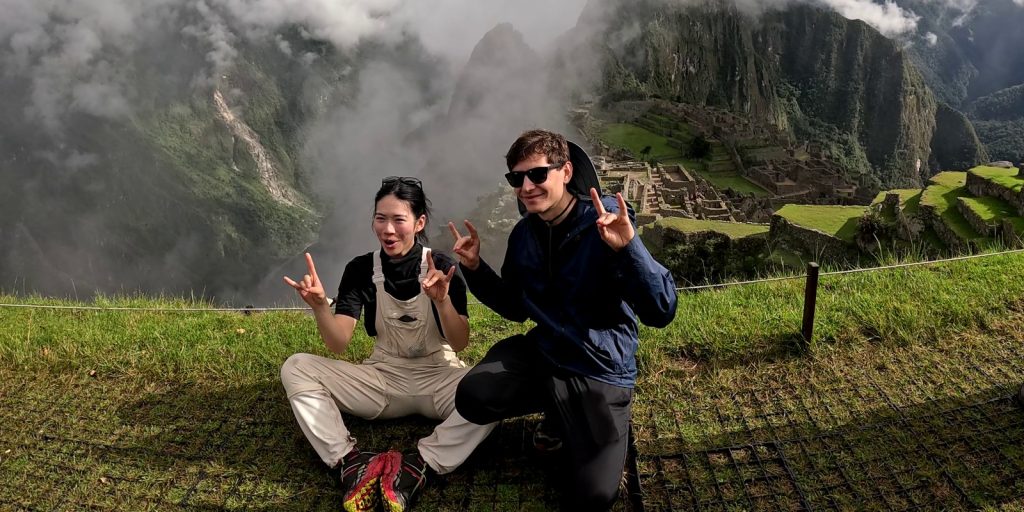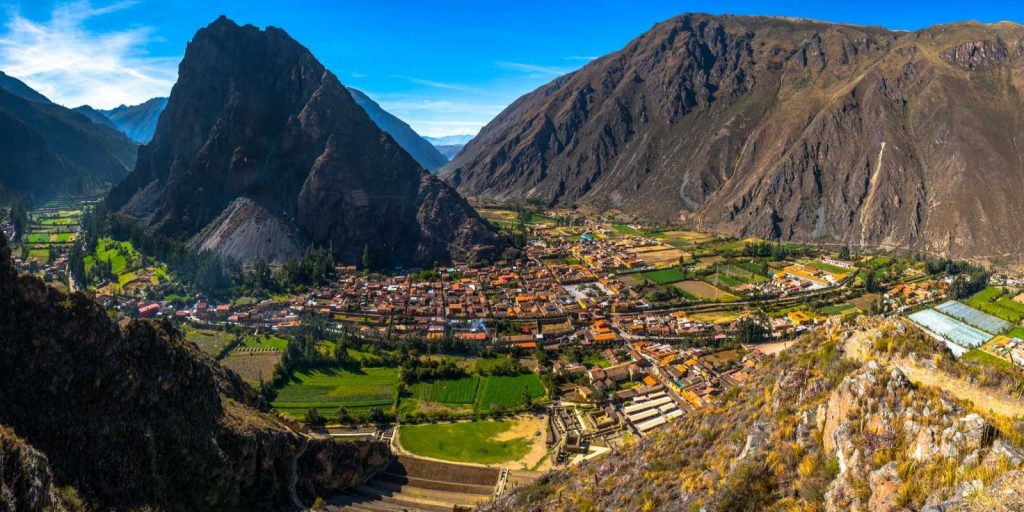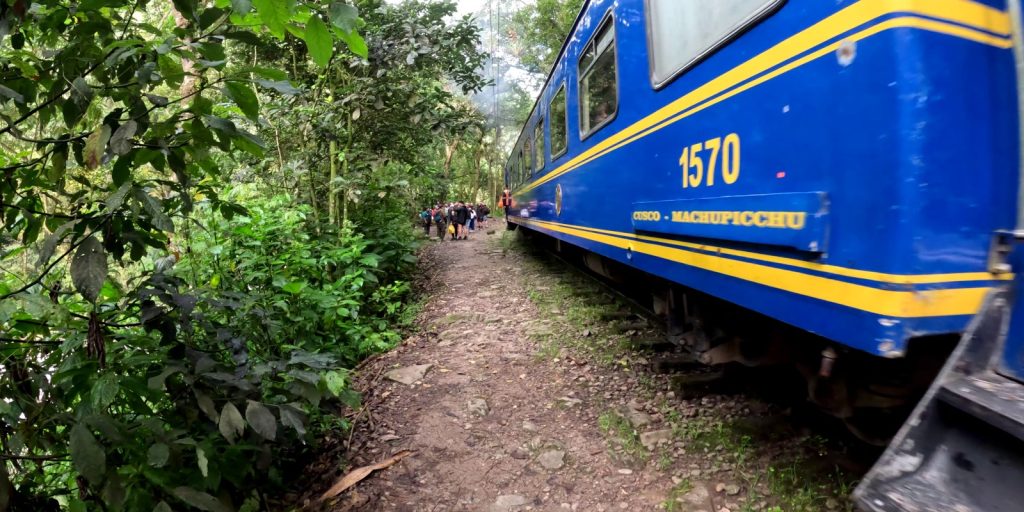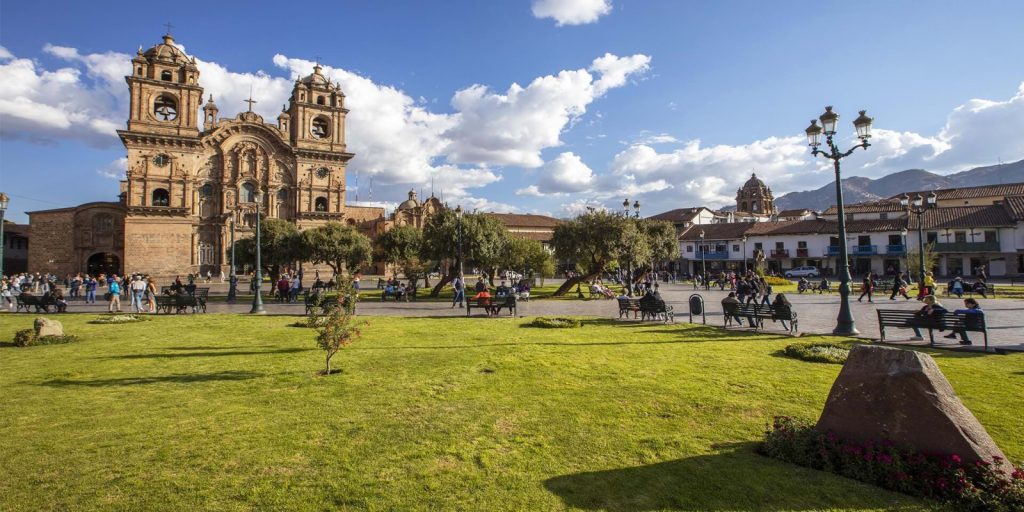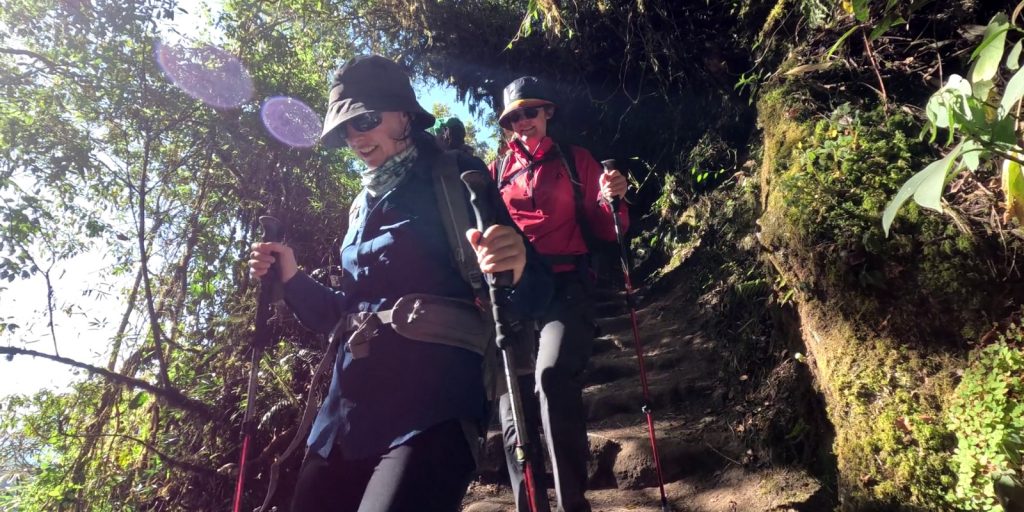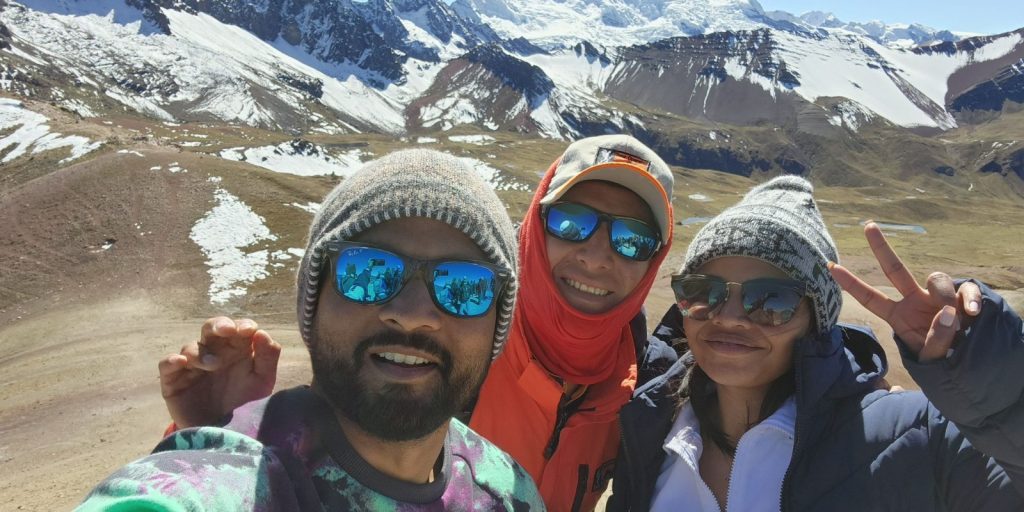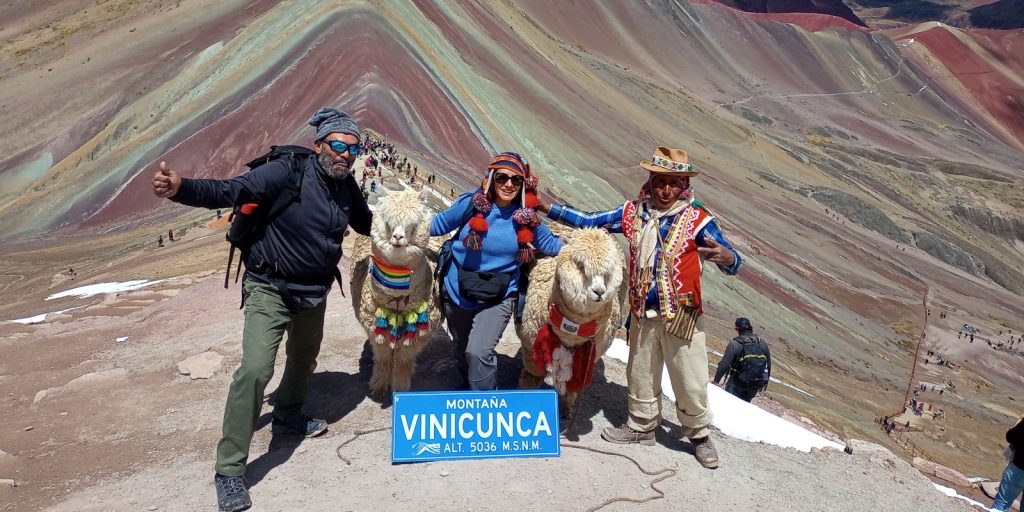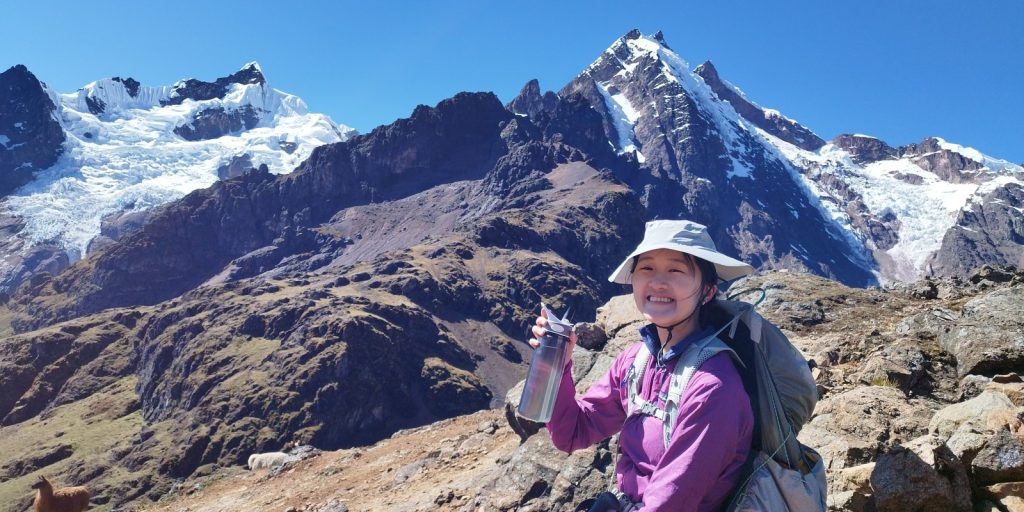In the middle of the Peruvian desert, you will find the town of Nazca. The town is small and quaint and nothing much happens there on a daily basis. But what people visit the for is located just outside of town and that is the Nazca Lines. The lines consist of Hundreds of figures, shapes and lines are etched into the floor of the desert. You maybe wondering why? Or to what purpose, this is the mystery of the Nazca Lines.
What are the Nazca Lines?
The Nazca Lines extend across a surface area of 175 square miles. There are two main groups of lines, the first near the city of Nazca and the second near the town of Palpa. The shapes create a total of seventy animal and plant shapes, plus many geometric designs such as rectangles, straight lines and trapezoids.
The most famous among the lines are the Hummingbird, Monkey and the Spider that are found close to the town of Nazca. The figure that resembles an Astronaut receives a lot of attention, with many thinking that the lines were done by aliens. Others suggested the figure represents shaman or religious leader.
Who discovered the lines?
A scholar from the US in the year 1939 hired a plane to investigate some irrigation systems close by. But what he discovered was much more fascinating. What he found instead were geoglyphs carved directly in the desert floor. Thousands of lines, some in shapes of animals or human. The scholar, Paul Kosok called the site the worlds largest astronomical book.
Later a German mathematician, Dr Maria Reiche dedicated her life to the study of the lines. She proposed that the Nazca Lines were a very complex system of calendars and astronomical observations that allowed the culture to thrive in the harsh environment.
What does Nazca Mean?
The Nazca Lines bear the name of the ancient civilization responsibe for creating them. Evidence shows that the Nazca culture flourished in the Ica region in around 100BC. See examples of textiles and ceramics at the Museo Arqueologico Antonini. Between the years of 550AD and 750AD the Nazca people begin to wane and the Wari culture began to rise, shifting the power from the coast to the Andes.
How to get from Lima to Nazca
The town of Nazca is connected to Lima by the Panamericano Highway. Taking the bus from Lima to Nazca is easy and takes around six to seven hours. Bus is the only option as there is no flights from Lima to Nazca. The total distance from Lima to Nazca is 300 miles.
How to see the Nazca Lines
The best way and the most popular is to take a flight over the Nazca Lines. Seasoned pilots fly at tilted angles and in tight circles to give passengers the best views of the Nazca Lines. The pilot will point out the different figures. Turbulence can make you feel queasy, be sure to bring some medicine for the motion sickness.
The other way to see the lines, for those who don’t want to do the flight, there is a mirador just outside of Nazca. From the mirador you can see a few of the figures and take photos.
Where is there to stay in Nazca?
Being a small town there are fewer choices for hotels. There is a Casa Andina Standard in the town, which has a swimming pool to enjoy the great Nazca climate. There are many small hotels both in town and near the airport which offer great accommodation and most have pools.
Where to eat in Nazca?
The town of Nazca features many tourist restaurants, with a great variety of foods from Pizza, Peruvian chicken and local cuisine. Many feature a Menu which is generally soup, second and drink for a great price.
What is there to see around Nazca?
Maria Reiche Museum
Located in the home of Dr Maria Reiche who dedicated her life to the study of the lines, the museum features a collection of her work and her personal belongings. The museum is close to the observation tower, so it is a great idea to combine the 2.
Antonini Archelogical Museum
The Antonini Archelogical displays Nazca mummies, artifact, pottery, textiles and more. The museum includes a great collect of trophy heads found at Cahuachi. See great photos of the lines.
The Nazca Planetarium
The Planetarium Maria Reiche lets visitors see the stars, moon and planets through modern telescopes. There are some interesting lectures on the lines, based on Reiches teachings and focused on astronomy and archaeology and given at the planetarium every day.
The Cemetery of Chauchilla
The pre-Inca cemetery is home to mummies and other ancient remnants, that remain preserved by the dry desert climate. Most of its treasures have been stolen, but the mummies remain in their tombs, a rarity in Peru. The cemetery has been protected since the late 1990s.
The Cerro Blanco
Cerro Blanco is the tallest dune in Peru and also one of the tallest in the world. Take a guided sandboarding tour. The walk to the top is 3 hours but the views from the top is worth the effort.
Cahuachi
Cahuachi was a pre-Columbian ceremonial center in use until around 500AD. The type and number of artifacts uncovered indicates that it was a pilgrimage site used for ceremonies. Significant structures include a large adobe pyramid of 490 feet long and 90 feet high. Take a guided tour to learn about the history of this fascinating site.
Nazca and the Nazca civilization are one of the most fascinating in the history of Peru. Be sure to visit Nazca on your trip to Peru. Book your tour to Peru today, contact one of our Sales consultants for more information, we are happy to help your Peruvian travel dreams.
